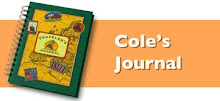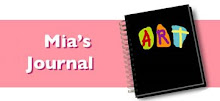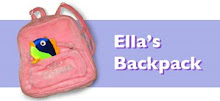One unusual thing we found in Lugano was a bank on every corner (2nd only to Zurich). As some of you may know, Switzerland is known for its secret bank accounts, allowing people from around the world to safely stash their cash. In fact, in exchange for the secrecy, accounts here actually earn negative interest when it’s all said and done. This industry we learned, is one of the big reasons Switzerland sticks with its franc and doesn’t conform to the Union and its Euro (there's no secrets in the Union). This is very convenient for the Italians bringing their suitcases of cash, and according to the locals, George W. Bush stops by annually as well.
Getting back on track, these first three photos were taken in Reckingen, which is part of the Valais Valley. Notice the unique architecture of some of these barns. The main posts are balanced on flat rocks which keep the mice out of the hay. We were told the barns are hundreds of years old and the design is unique to this area.

 From this angle you can see right under the barn.
From this angle you can see right under the barn.

 This steam train was working its way up the mountain alongside us.
This steam train was working its way up the mountain alongside us.

 The kids were happy to share their crackers with this mountain critter.
The kids were happy to share their crackers with this mountain critter.
 This is September 14 on the Furka Pass at an elevation of 8000 feet. The plows had just come through and it was cold! The Furka Pass is home to the Rhone Glacier which is the source of the Rhone River and one of the primary contributors to Lake Geneva.
This is September 14 on the Furka Pass at an elevation of 8000 feet. The plows had just come through and it was cold! The Furka Pass is home to the Rhone Glacier which is the source of the Rhone River and one of the primary contributors to Lake Geneva. 

 The bell tower in Gandria, Switzerland, along Lake Lugano.
The bell tower in Gandria, Switzerland, along Lake Lugano.
 The cathedral in Morcote, also on Lake Lugano.
The cathedral in Morcote, also on Lake Lugano.
 Strolling along the shore in downtown Lugano.
Strolling along the shore in downtown Lugano.
 The gnomes are a popular lawn ornament in Switzerland.
The gnomes are a popular lawn ornament in Switzerland.


 From this angle you can see right under the barn.
From this angle you can see right under the barn.
 This steam train was working its way up the mountain alongside us.
This steam train was working its way up the mountain alongside us.
 The kids were happy to share their crackers with this mountain critter.
The kids were happy to share their crackers with this mountain critter. This is September 14 on the Furka Pass at an elevation of 8000 feet. The plows had just come through and it was cold! The Furka Pass is home to the Rhone Glacier which is the source of the Rhone River and one of the primary contributors to Lake Geneva.
This is September 14 on the Furka Pass at an elevation of 8000 feet. The plows had just come through and it was cold! The Furka Pass is home to the Rhone Glacier which is the source of the Rhone River and one of the primary contributors to Lake Geneva. 

 The bell tower in Gandria, Switzerland, along Lake Lugano.
The bell tower in Gandria, Switzerland, along Lake Lugano. The cathedral in Morcote, also on Lake Lugano.
The cathedral in Morcote, also on Lake Lugano. Strolling along the shore in downtown Lugano.
Strolling along the shore in downtown Lugano. The gnomes are a popular lawn ornament in Switzerland.
The gnomes are a popular lawn ornament in Switzerland.

 This is the Gimmelwald Fire Station, with all the shooting practice schedules posted on the side.
This is the Gimmelwald Fire Station, with all the shooting practice schedules posted on the side.






























 Suited up and ready for flight!
Suited up and ready for flight!




